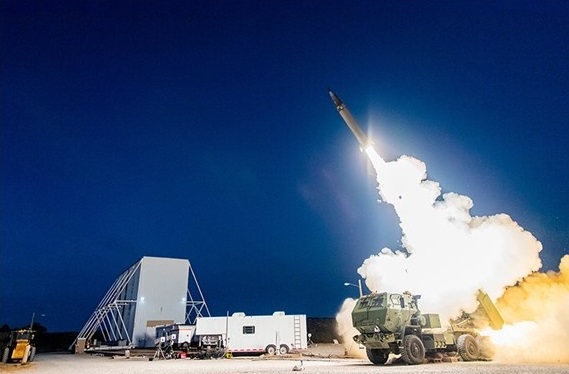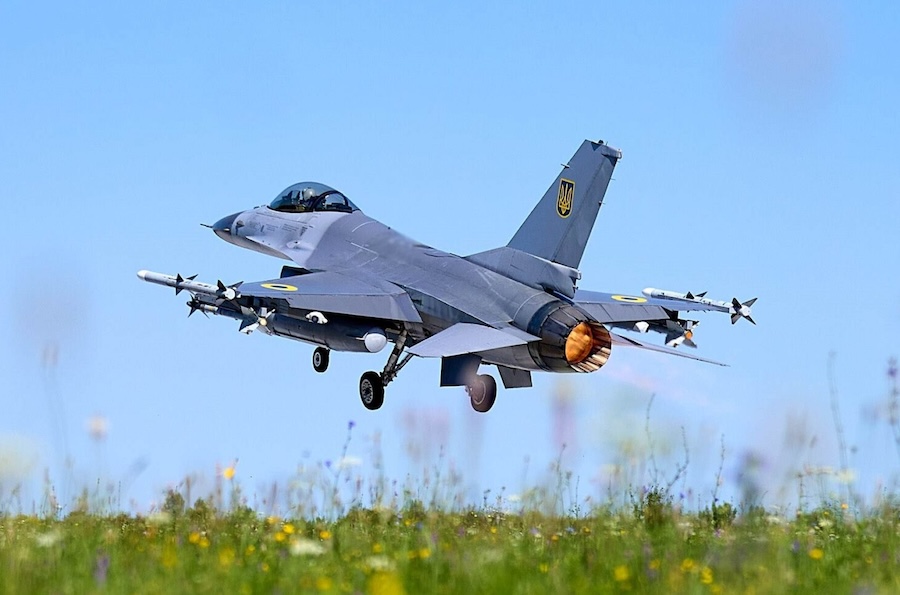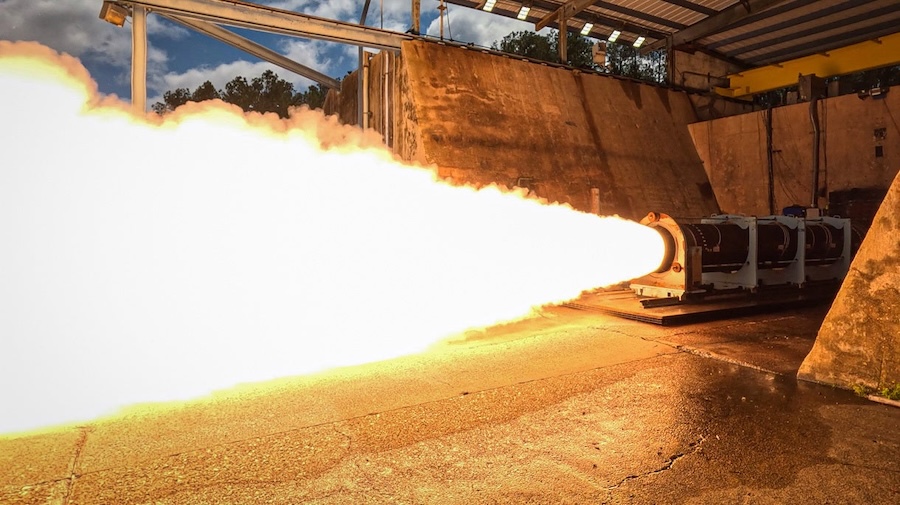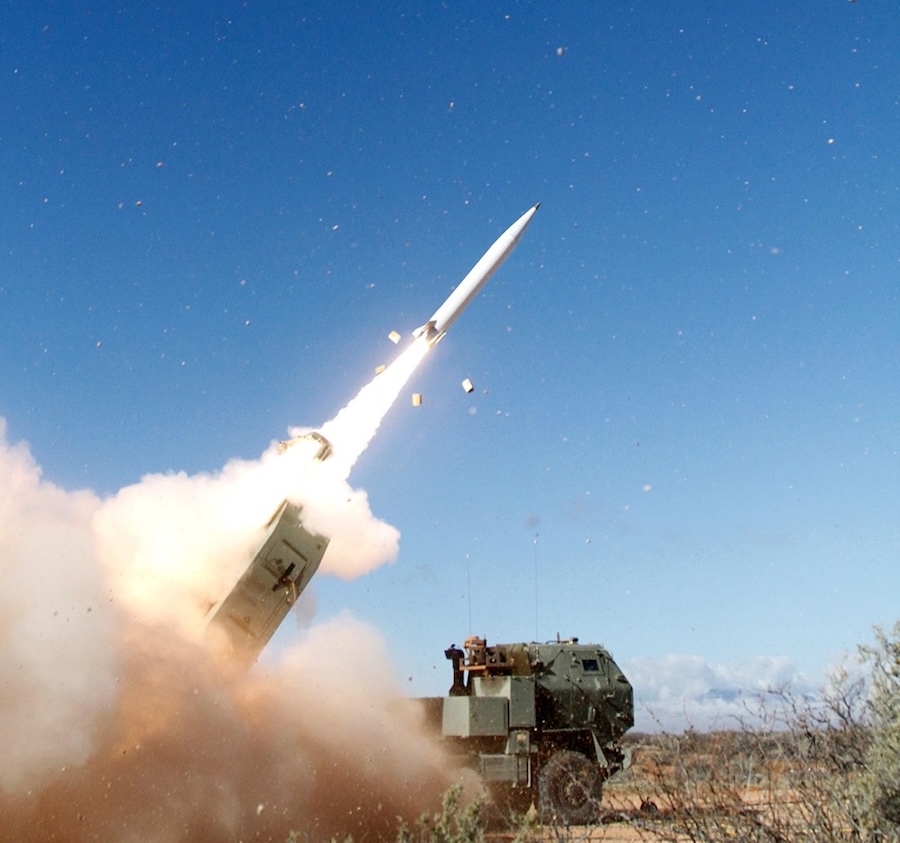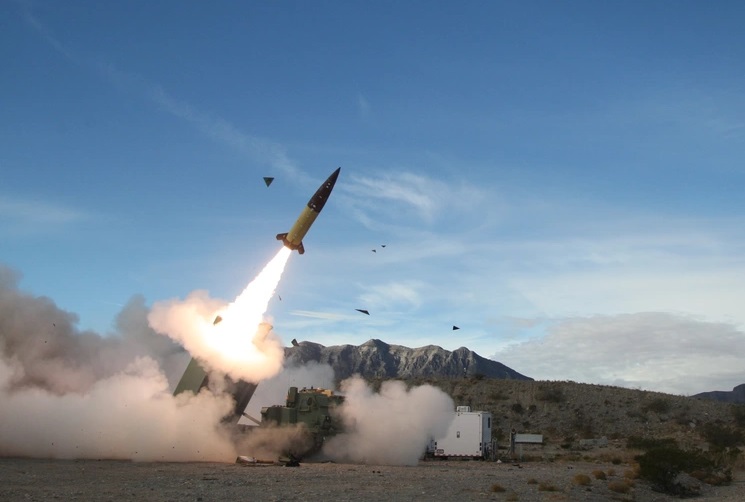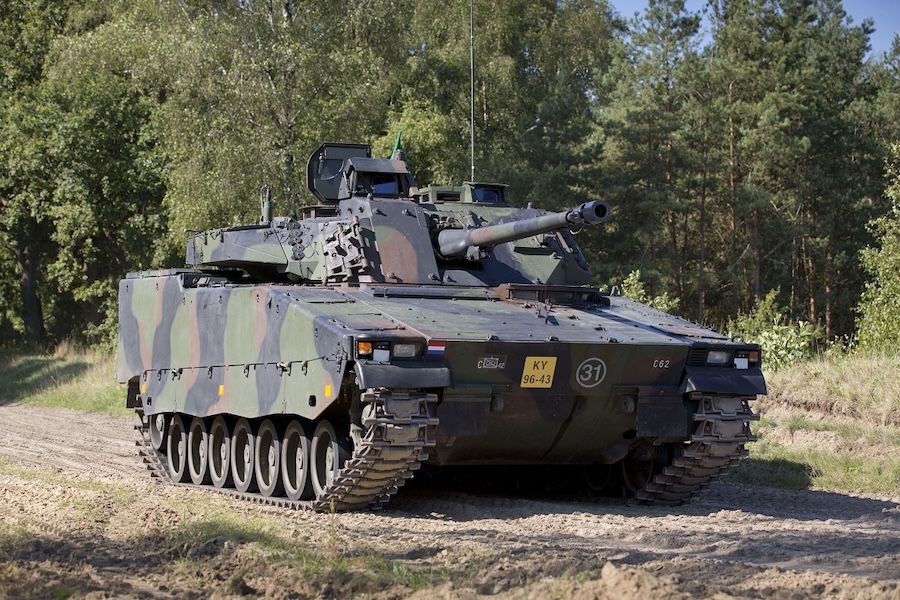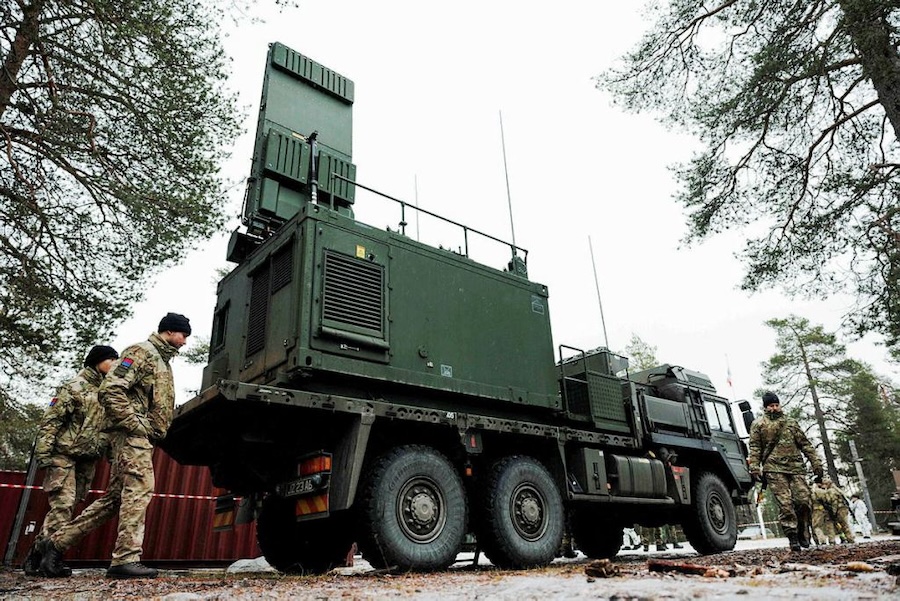In July 2025, the U.S. Army granted Milestone C approval for PrSM, signalling readiness for mass production and deployment. Earlier that year, Lockheed Martin secured a $4.94 billion contract to transition rapidly from prototypes to manufacturing, with Early Operational Capability missiles already in service and production targeting 400 units annually.
Manufacturing leaders note that this pace reflects a new industrial model driven by digital twin technology, real-time integration and automation. These tools enable simulation-based testing and automated quality assurance, “demonstrating the integration of automation in modern manufacturing and reflecting ongoing investments in innovation and efficiency across the enterprise.”
The PrSM programme embodies the Army’s shift towards multi-domain operations, integrating capabilities across land, air, sea, cyber and space. Aligned with the Long-Range Precision Fires modernisation priority, the effort benefits from cross-functional teams under Army Futures Command that unite acquisition, testing and sustainment. Lockheed Martin continues to drive innovation through rigorous testing and digital transformation to ensure readiness and operational superiority.
Joint initiatives such as Project Convergence and military exercises like Valiant Shield and Talisman Sabre provide vital soldier feedback to refine the system. These events highlight the “joint-team’s commitment to innovating and rapidly delivering lethal capability to the warfighter.”
The programme’s industrial reach also extends globally. In July 2025, Australia conducted its first PrSM live fire at Mount Bundey—striking a target more than 300 kilometres away—two years ahead of schedule. The U.S. and Australia simultaneously signed a Memorandum of Understanding to explore co-development, sustainment and technology sharing, positioning PrSM as “a model for international industrial integration and workforce agility.”
Testing milestones have validated the system’s performance under realistic conditions. These include a 2024 maritime engagement against moving sea targets, a soldier-led limited user test, and a 2025 production qualification test using full-scale components. Each milestone underscored PrSM’s growing reliability and readiness for operational deployment.
Looking ahead, future variants aim to extend range beyond 1,000 kilometres and incorporate advanced seekers for moving targets. These enhancements will rely on agile production methods and digital design to maintain rapid adaptability.
Ultimately, the PrSM programme represents more than a single weapon system—it is “a case study in how the Army and its industrial partners can innovate and scale in unison.” By integrating digital engineering, automation and global collaboration, PrSM embodies the Army’s pursuit of speed, precision and decision dominance in future warfare.



